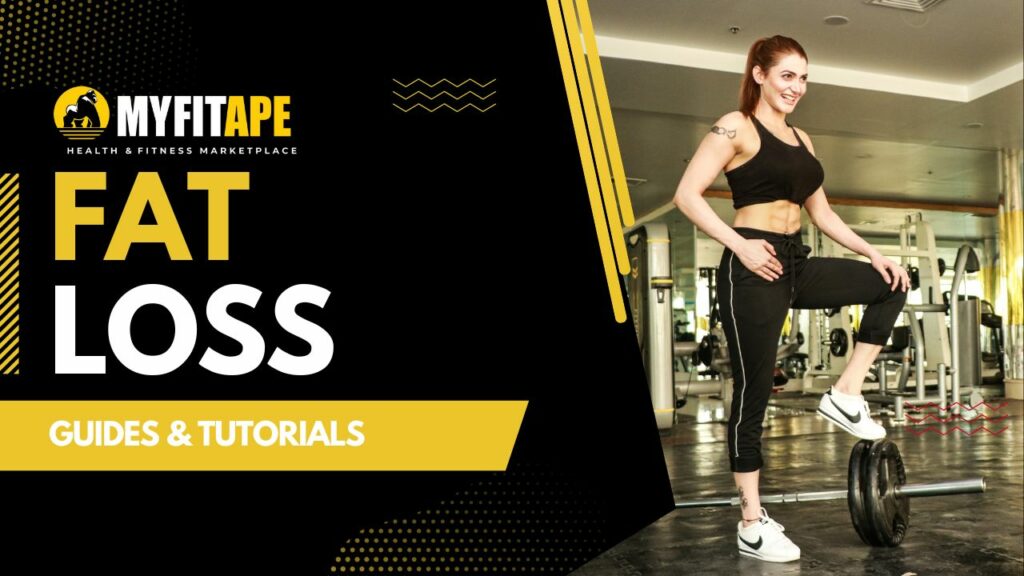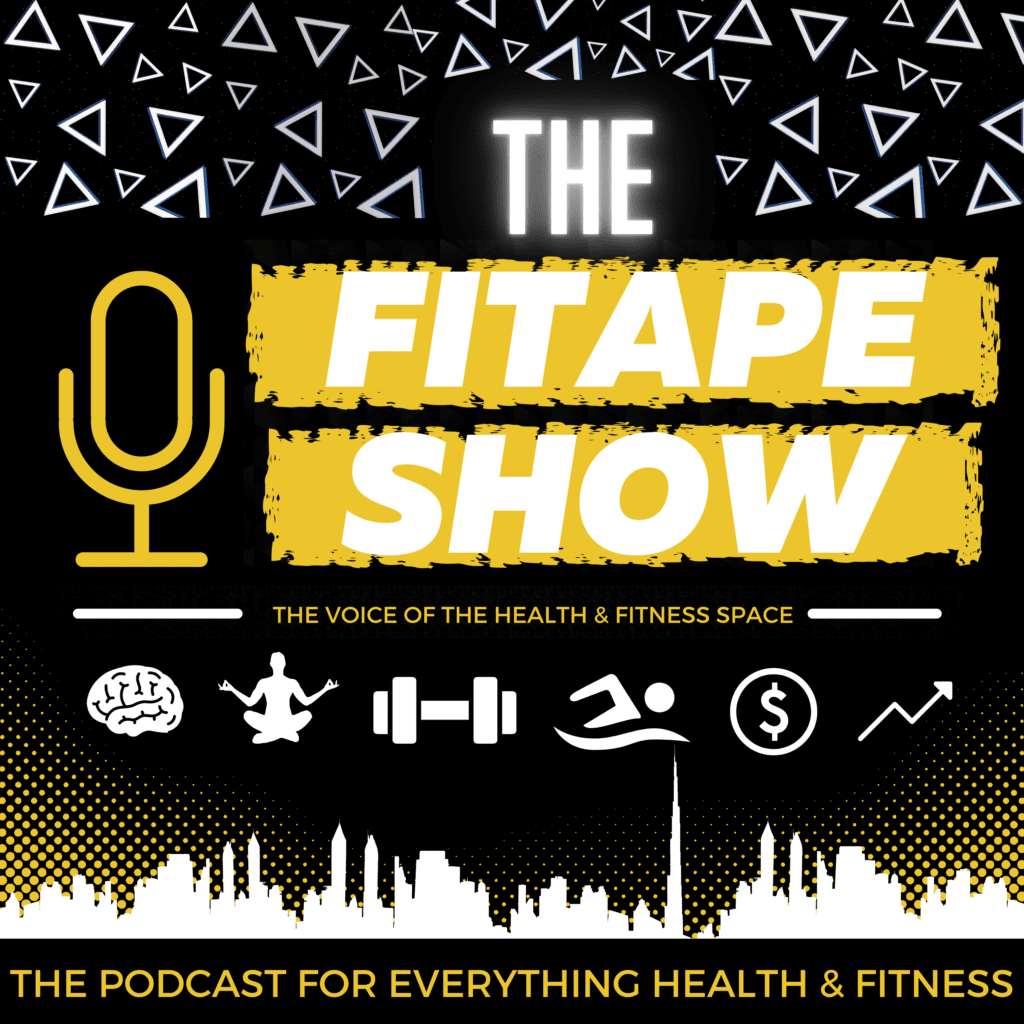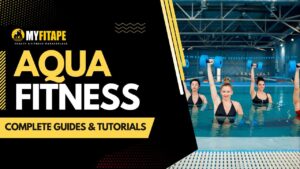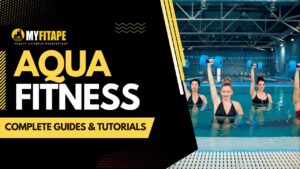Introduction
Getting started on your fitness journey can be daunting, especially when it comes to fat loss. Losing fat is a slow and difficult process and the path can get pretty foggy. Luckily, there’s no need to fret. This guide will provide a comprehensive overview of a fat loss workout for beginners – from the basics of exercise and nutrition to common mistakes to avoid.
Nutrition
A proper diet is essential for any fitness plan. When aiming for fat loss, the goal should be to create a caloric deficit. To do this, you must burn more calories than you consume. To effectively lose fat, your daily caloric intake should be lower than the number of calories you burn.
Start by keeping track of your caloric intake. Calculate the exact number of calories you’re consuming each day and make necessary changes to create a caloric deficit. Additionally, focus on eating whole, unprocessed foods as much as possible. Studies have shown that these are healthier and more effective at helping you achieve your fat loss goals.
Workouts
When it comes to the workout component, there are two main aspects: aerobic and resistance training.
Aerobic activity typically involves movement that increases your heart rate and burns your body’s stored energy. Examples include walking, running, biking, swimming and more. Aim for at least 150 minutes of aerobic activity per week.
In addition to aerobic activity, resistance training is especially beneficial for fat loss. This includes weight lifting, exercises like squats, lunges and more. Resistance training not only helps you burn calories during the exercise, but it also helps build muscle, which can further enhance fat loss.
Combining aerobic and resistance training helps maximize the fat loss benefits of each. To get started, try a workout routine that includes 3-4 days of cardio and 2-3 days of resistance training.
Common Mistakes to Avoid
When creating a fat loss workout plan, there are a few potential pitfalls to be aware of. First, be sure not to overtrain or exercise too frequently. Exercising too intensely or too often can lead to burnout and a lack of progress. It is important to take rest days to allow your body to recover.
Additionally, make sure to listen to your body and take things at a moderate pace. It’s important to challenge yourself and push your limits, but don’t push yourself too hard or you may risk injury.
Finally, don’t rely too heavily on food supplements to reach your goals. As a rule of thumb, focus on proper nutrition and a well-rounded fitness plan.
FAQ
Q: How often should I exercise for fat loss?
A: Aim for at least 150 minutes of aerobic activity and 2-3 days of strength training per week.
Q: What types of food should I be eating?
A: Focus on eating whole, unprocessed foods like fruits, vegetables, lean proteins and whole grains.
Q: What should I do if I don’t reach my fitness goals?
A: Don’t be too hard on yourself if you don’t reach your fitness goals right away. Stay motivated and keep making small changes in your diet and workout routine.
What dietary changes should a beginner make to support fat loss?
There are many dietary changes that a beginner can make to support fat loss. Some of these include:1. Eating more lean proteins- Lean proteins like fish, eggs, legumes, and poultry have been shown to increase satiety, thus helping to decrease overall calorie consumption.
2. Eating more fiber- Eating fiber-rich foods like fruits, vegetables, legumes, and nuts can help fill you up and reduce calorie consumption. Additionally, fiber helps improve digestion and regularity.
3. Eating more healthy fats- Healthy unsaturated fats like avocados, nuts, and seeds have been found to increase satiety and decrease calorie intake.
4. Eating fewer refined carbohydrates- Refined carbohydrates like white bread, white rice, and pastries can contribute to weight gain and low energy levels.
5. Limiting added sugars- Added sugars found in many processed foods can cause quick spikes in blood glucose, which can lead to cravings and overeating.
6. Drinking more water- Drinking water throughout the day can reduce cravings and hunger, as well as flush out toxins and help the body stay hydrated.
7. Eating smaller, more frequent meals- Eating smaller, more frequent meals can help keep your energy and metabolism up throughout the day, as well as help prevent hunger and cravings.
8. Limiting processed foods and alcohol- Limiting processed foods can help reduce calorie intake, while alcohol can add empty calories that may contribute to weight gain.
These are just a few of the dietary changes that a beginner can make to support fat loss. By incorporating these changes into their diet, beginners may see a reduction in body fat over time.





